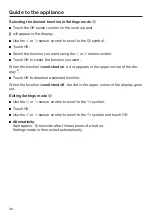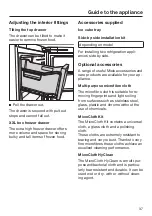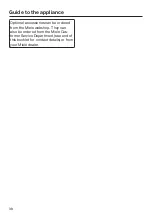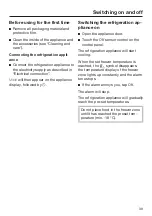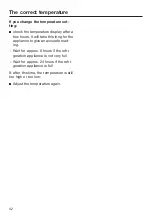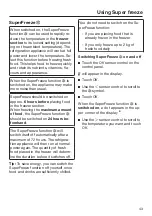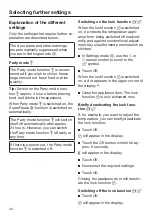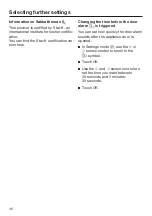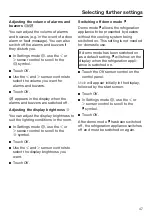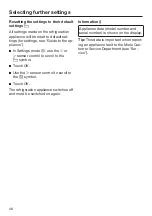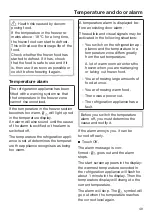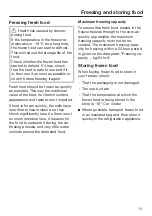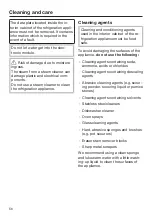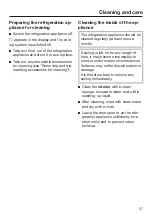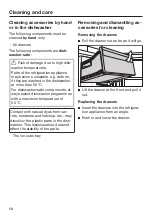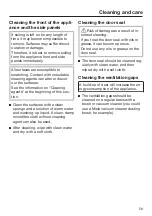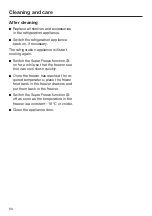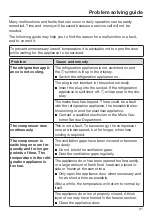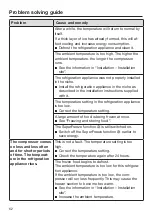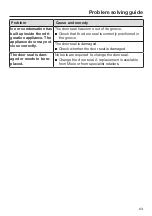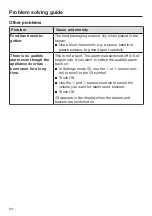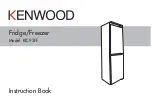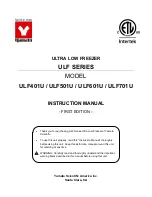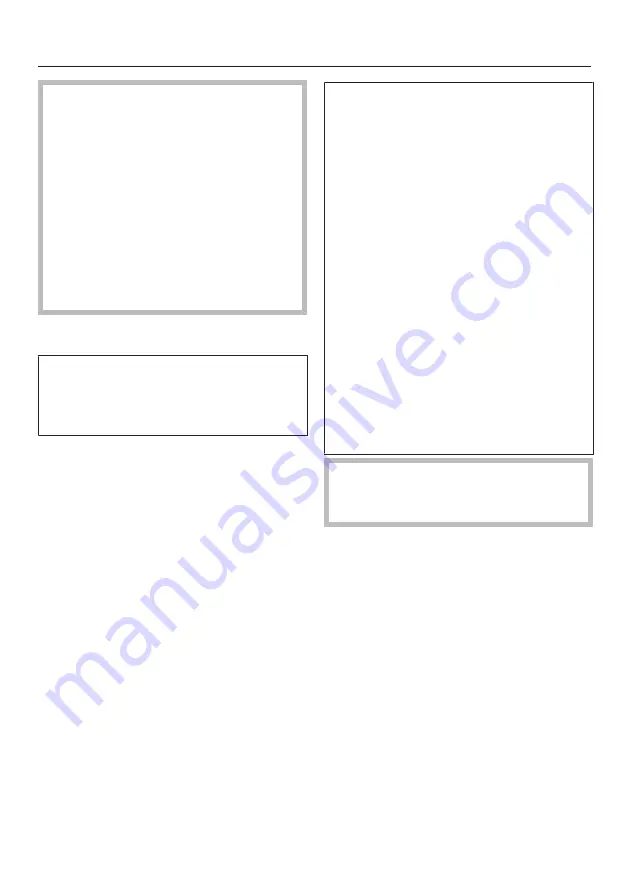
Temperature and door alarm
49
Health risk caused by decom-
posing food.
If the temperature in the freezer re-
mains above -18 °C for a long time,
the frozen food can start to defrost.
This will reduce the storage life of the
food.
Check whether the frozen food has
started to defrost. If it has, check
that the food is safe to use and if it
is, then use it as soon as possible or
cook it before freezing it again.
Temperature alarm
The refrigeration appliance has been
fitted with a warning system so that
the temperature in the freezer zone
cannot rise unnoticed.
If the temperature in the freezer section
becomes too warm,
will light up red
in the temperature display.
An alarm will also sound until the cause
of the alarm is rectified or the alarm is
switched off.
The temperature the refrigeration appli-
ance is set at determines the temperat-
ure the appliance recognises as being
too warm.
A temperature alarm is displayed be-
fore an existing door alarm.
The audible and visual signals may be
activated in the following situations:
- You switch on the refrigeration ap-
pliance and the temperature in a
temperature zone differs greatly
from the set temperature.
- A lot of warm room air enters the
freezer when you are rearranging
or taking out frozen food.
- You are freezing large amounts of
food at once.
- You are freezing warm food.
- There was a power cut.
- The refrigeration appliance has a
fault.
Before you switch the temperature
alarm off, you must determine the
cause and rectify it.
If the alarm annoys you, it can be
turned off early.
Touch
OK
.
The alarm message is con-
firmed:
goes out and the alarm
stops.
The start screen appears in the display:
the warmest temperature recorded in
the refrigeration appliance will flash for
about 1 minute in the display. Then the
temperature display will change to the
current temperature.
The alarm will stop. The
symbol will
go out when the temperature reaches
the correct level again.


